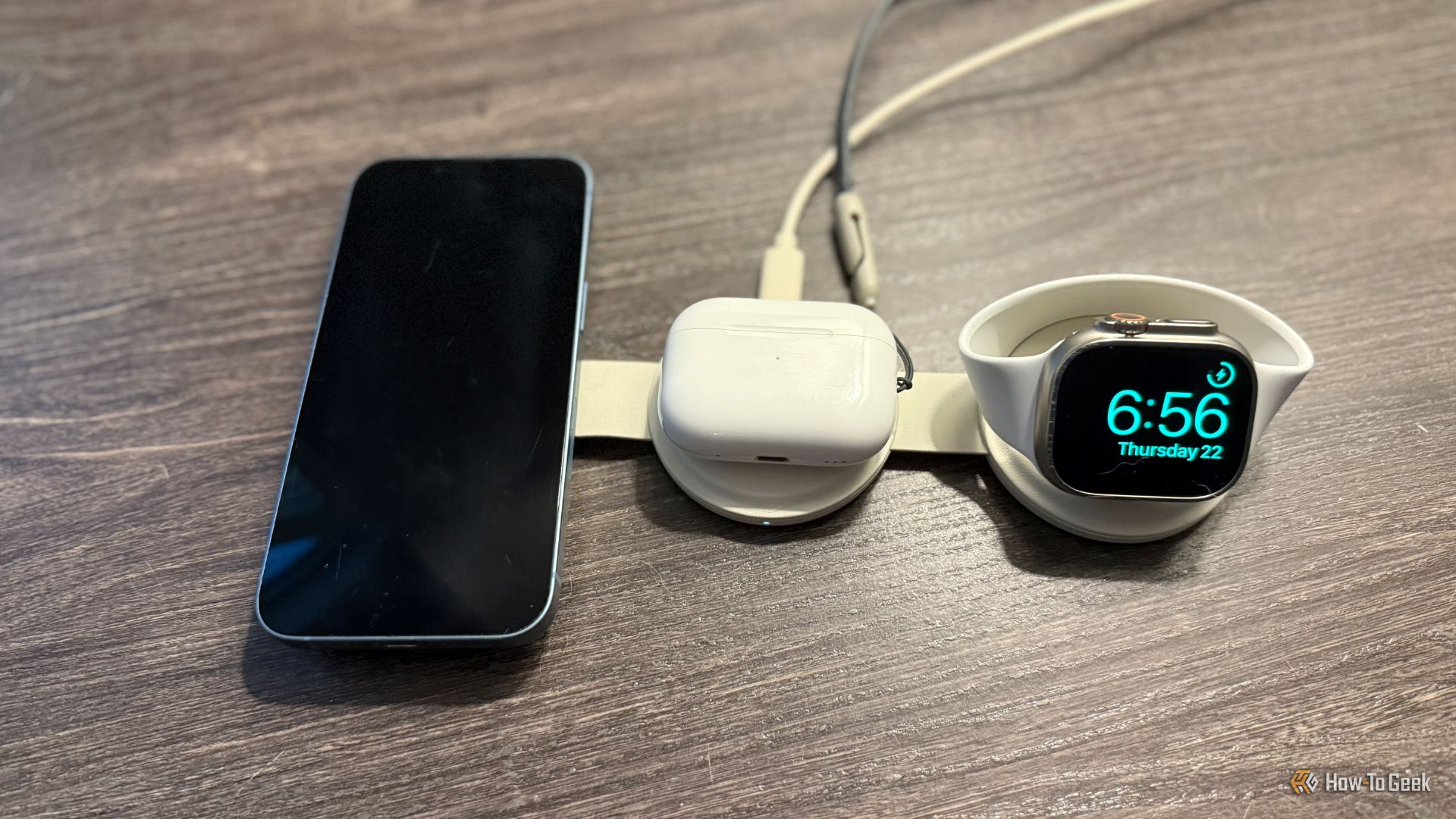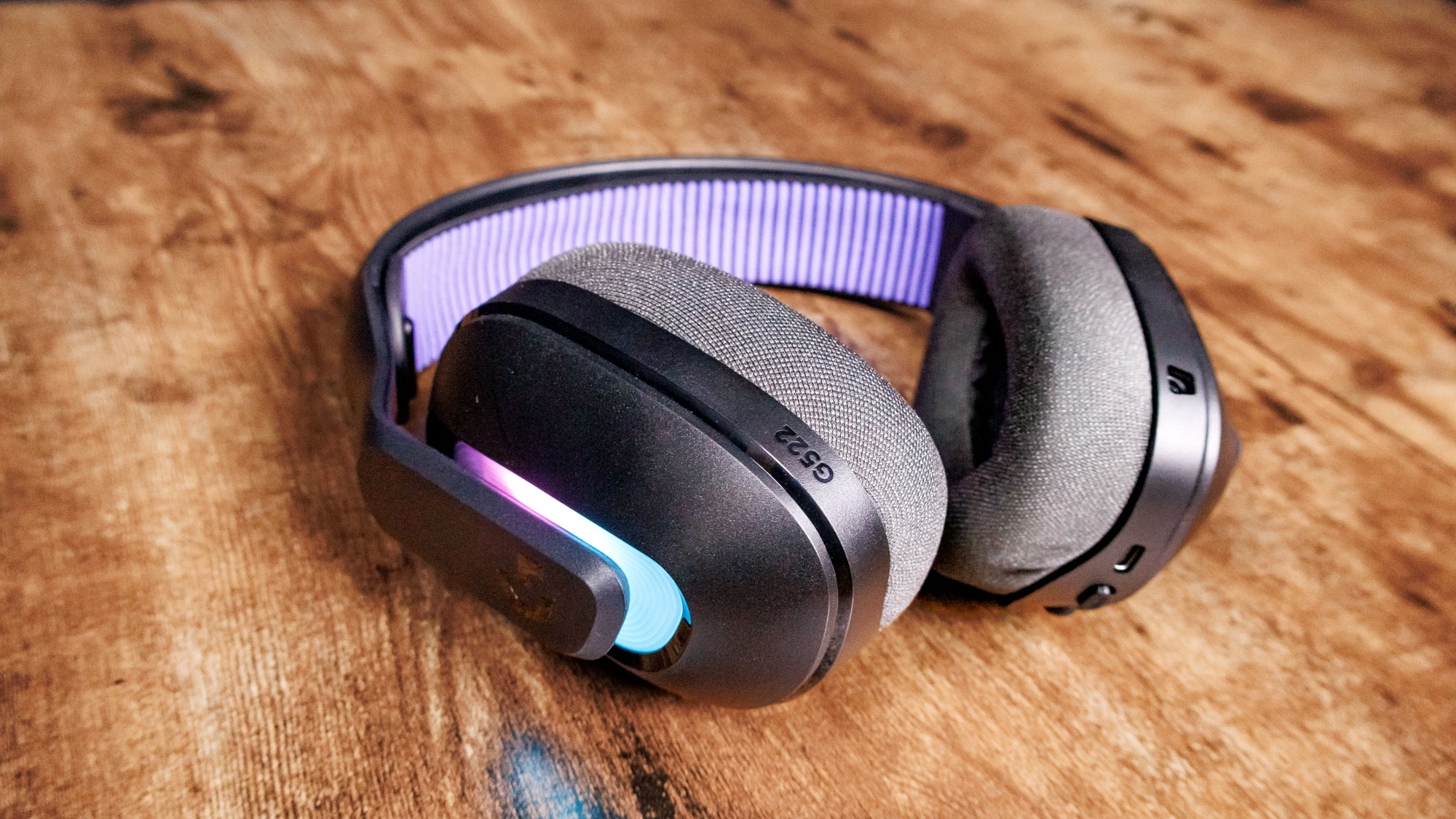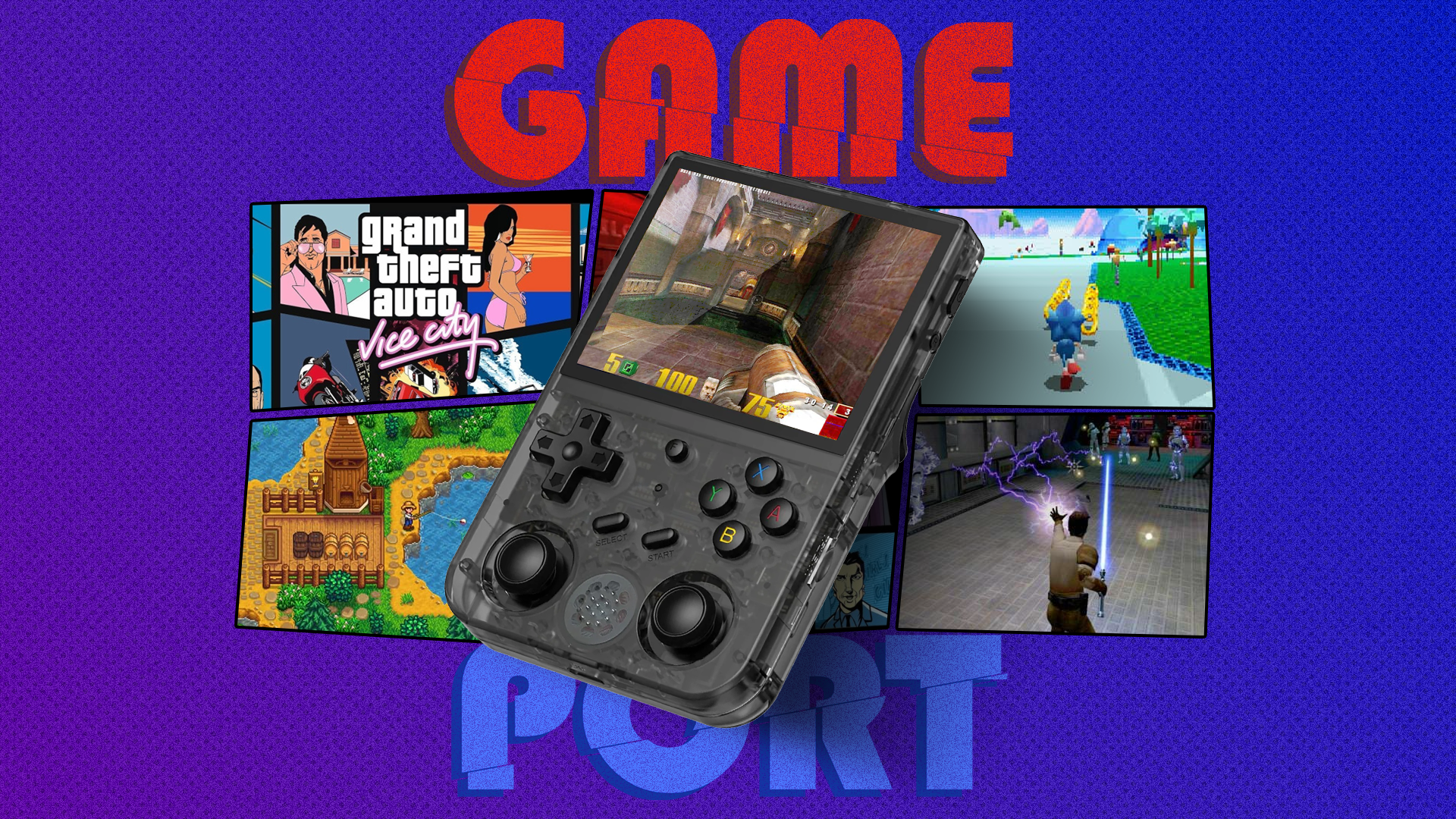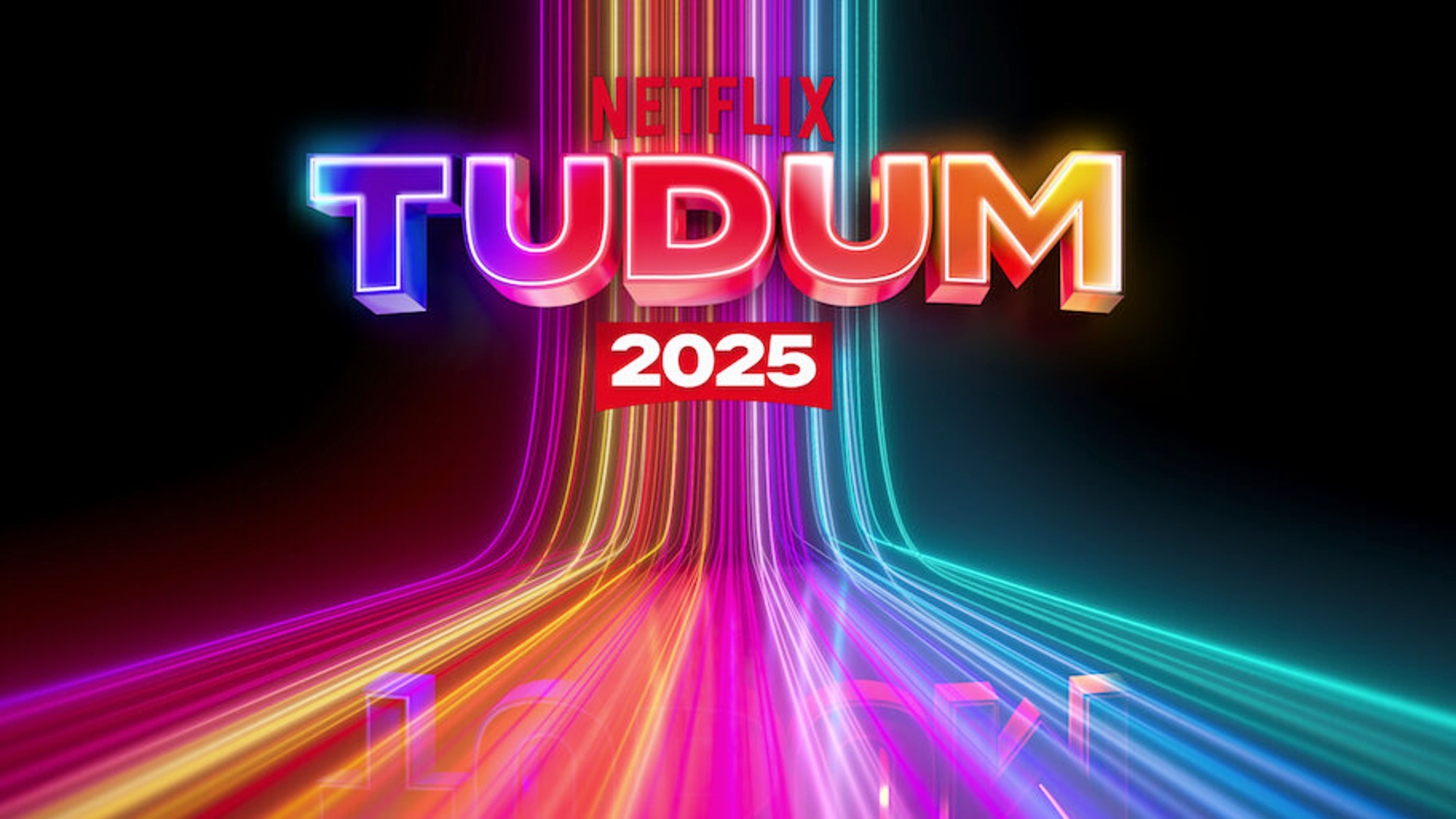I saw Nvidia’s Project G-Assist AI assistant in person, and I’m impressed: here’s why
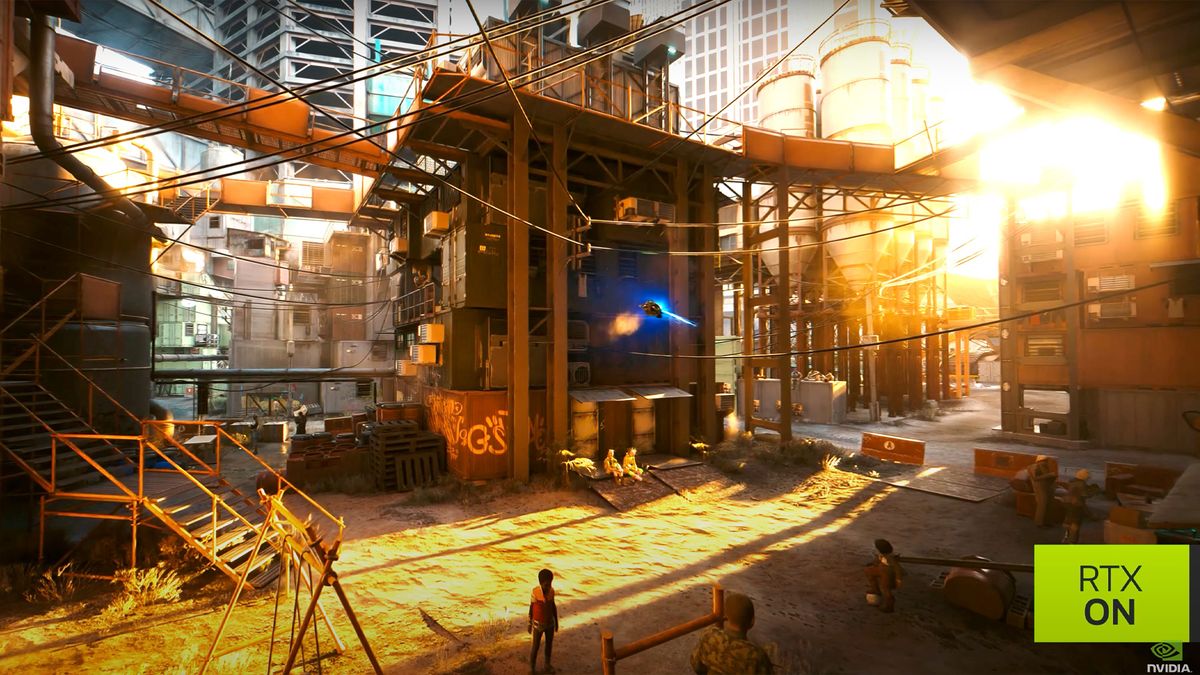
AI is all the rage in the tech industry today, and after getting a glimpse of where it’s going in games I’m growing convinced it will one day replace strategy guides. It may take a while yet, but I’m more convinced than ever that we’ll one day live in a world where you can ask a game for help and it will give it to you.
I saw the first glimpse of this potential future at Nvidia’s headquarters in Santa Clara, where I was recently invited to meet some of the team and run through some demos of new tech.
The most intriguing demo was easily Project G-Assist, the potentially game-changing AI assistant that Nvidia debuted at Computex 2024 this summer. While it may have started out as an April Fool’s joke, Project G-Assist now looks like a shockingly competent vision of a future in which AI — not GameFAQs or Google — gives you answers to your most pressing problems.
Where we’re going, we won’t need strategy guides
If you’re not familiar, G-Assist is Nvidia shorthand for a suite of tools that developers can use to build context-aware AI assistants for their games. These tools can help devs take input from you while you’re playing (via text, speech or even your webcam) and feed it to AI models trained on various sources of game data, so they can effectively answer questions you have while playing.
The technology is still in development and not widely available, but Nvidia has partnered with Studio Wildcard to create a demo of how it could work in the company’s dino-packed survival game Ark: Survival Ascended.
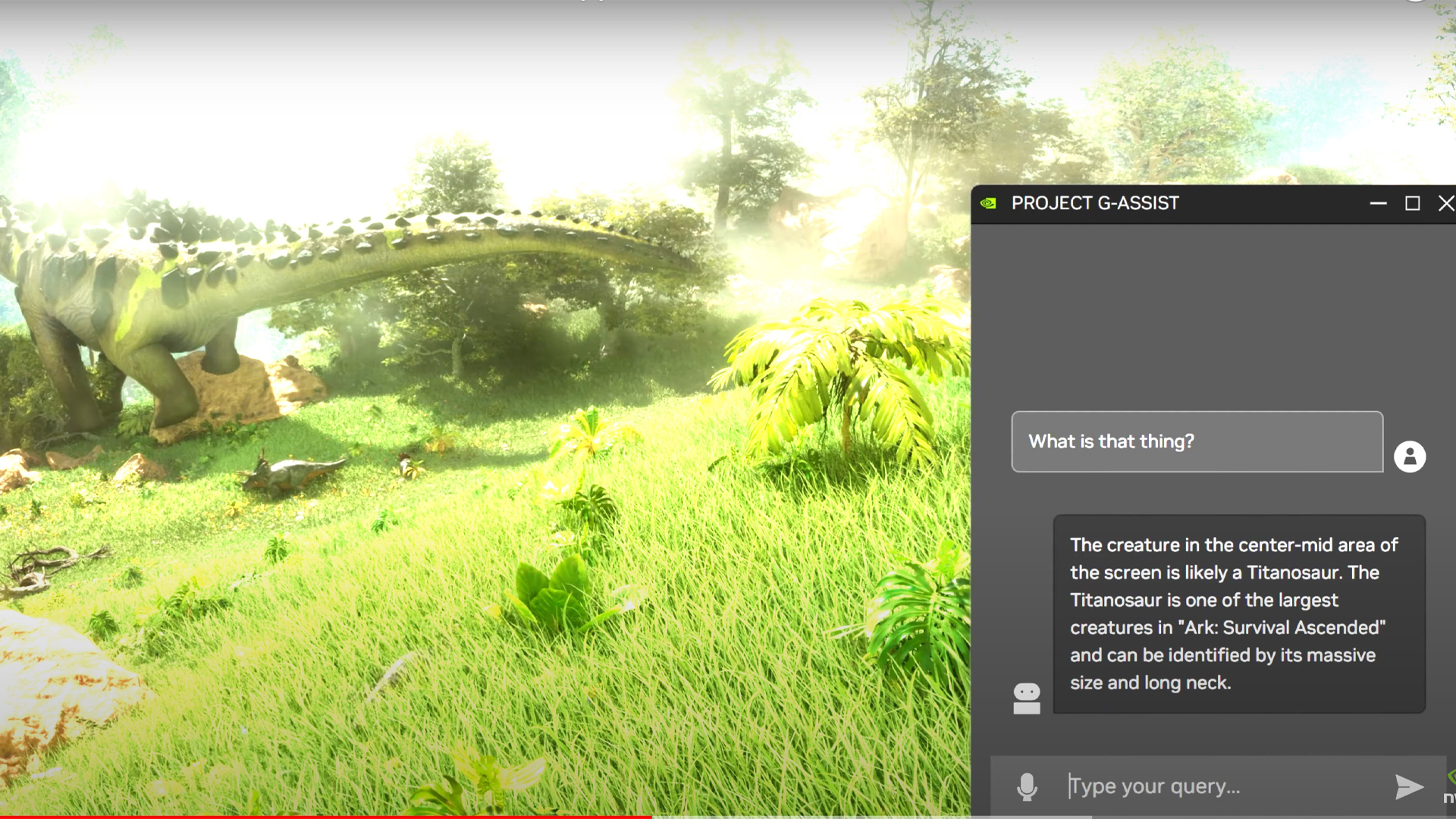
Nvidia has been using this demo to show off G-Assist throughout the summer, and now after trying it myself, I can confirm it’s impressive.
The vision of G-Assist I saw is basically a window you can summon up in-game whenever you need to ask the game a question. You can then type or say your question and (assuming you have a keyboard and/or microphone hooked up) within seconds the AI responds with an answer, using both Small and Large Language Models (SLM and LLM).
G-Assist can identify what’s on-screen and answer questions about what you’re looking at in-game, like an enemy’s weaknesses or what you can harvest from them.
I’ve also seen a live demo of a video game character being shown an object in real life (via the webcam), then successfully identifying the object and answering questions about it. Game developers can control which information sources the models access. For example, the demo I tried used an Ark wiki, but developers could limit sources to keep certain info hidden from players.
Already you can start to imagine how strategy guides might begin to disappear in 5-10 years if this AI assistant tech can live up to Nvidia’s hype. While I did notice some slight delays and occasional hiccups during my live G-Assist demo, most of the time the tech worked as advertised.
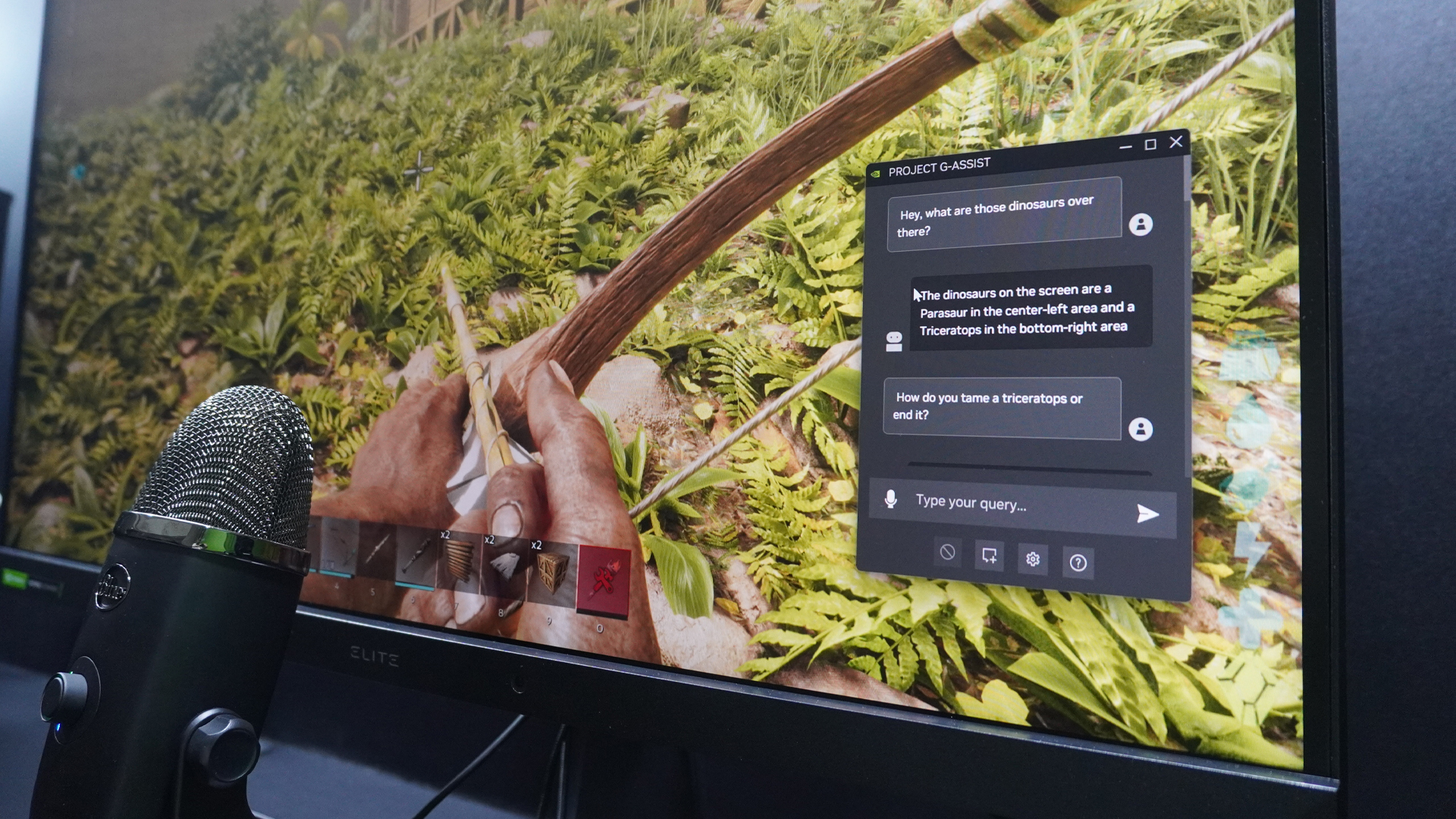
There’s more here than just AI game guidance, too: Nvidia is working to integrate this tech into games so that characters can act on and respond to your requests in real time. For example, I saw a demo of a game in which an on-screen character could hear and respond to a player’s requests to switch between vehicles, optimize vehicles for different tasks and more.
And it can do more than just answer questions about how to excel inside your favorite video games. Nvidia is also keen to talk up how this kind of AI assistance will be accessible outside of any specific video game, so you can ask for help dynamically optimizing your PC’s performance for whatever you’re doing that day.
For example, I saw a demo of an Nvidia representative asking Project G-Assist for help optimizing an Nvidia GeForce RTX 4090-equipped system for efficiency. Right in front of me I saw the AI assistant recommend locking the framerate to 60 and undervolting the GPU to streamline performance and minimize fan noise.
As someone who fields tech support questions about laptop performance from both readers and my parents, this is huge. There’s clearly going to be a lot of room for performance freaks to quibble over whether such AI assistance is actually what’s best for your PC, but it’s easy to see a potential future where most people don’t care: they just hit tell the AI to optimize their PC for gaming and fire up their favorite time-waster.
Outlook
It’s no secret that Nvidia has been leaning hard into AI for years, and now that I’ve seen a glimpse of where it’s going in 2025 I’m intrigued.
Project G-Assist is still in its early days, but the tech demos I’ve seen so far are compelling and, frankly, slightly frightening. Right now the G-Assist demos are a bit slow and unwieldy, but in a few years it’s easy to imagine these features shipping in the best PC games on the market.
If that future comes to pass it’s hard to imagine why you’d spend much time mucking around with finding answers to your game issues on Google when you can just ask G-Assist. That might spell the end of the strategy guide business as we know it, but the benefits could be huge for folks who want a more conversational relationship with their games.
More from Tom’s Guide
Source link



